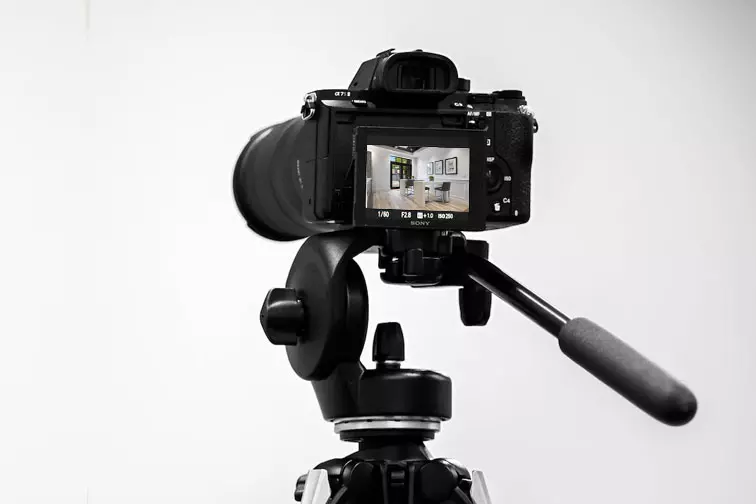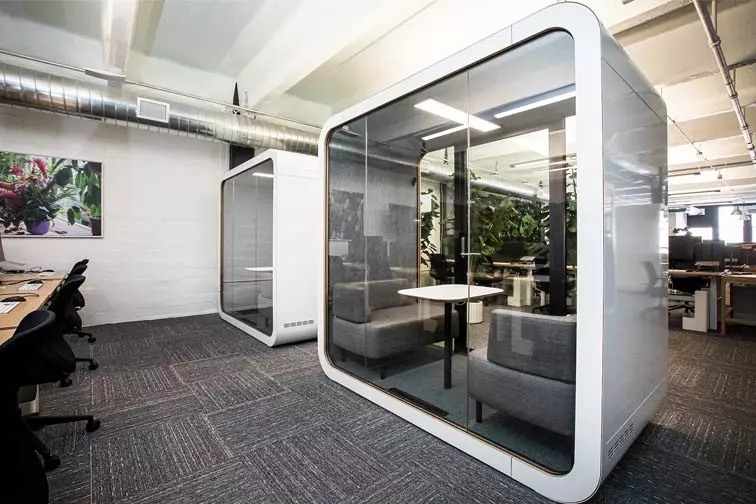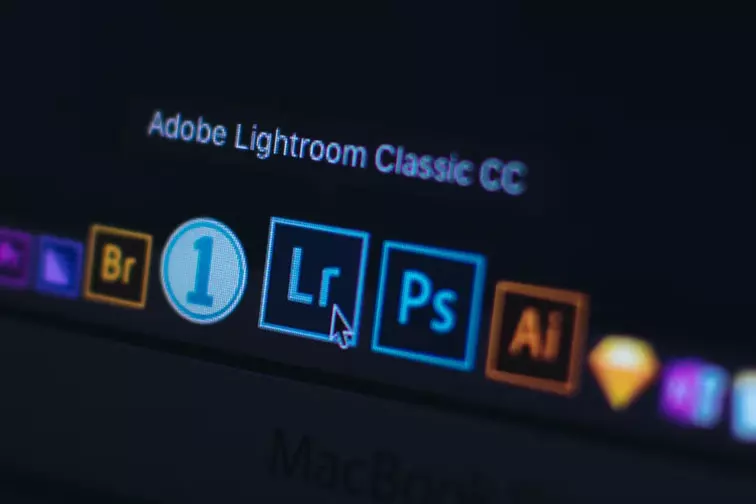 A wide angle lens is a must have
A wide angle lens is a must have
When it comes to selling or renting a commercial property, high-quality photography is essential for making a good first impression and attracting interest. In the digital age, potential buyers or tenants often form their initial impressions based on the photos they see online. Therefore, it's crucial to invest in a skilled commercial real estate photographer who knows how to capture the essence of a space and showcase its potential.
It's All in the Lens
Commercial real estate photography requires a specific set of tools and techniques. One of the most important tools is a wide-angle lens. This lens allows photographers to capture the entire space, from the grand entrance to the back office. But it's not just about getting everything into the frame; a wide-angle lens also creates dynamic perspectives that make a room feel larger than it actually is.
Stabilization is Key
 Use a tripod to stabilize
Use a tripod to stabilize
Once you have the right lens, it's essential to ensure that your images are sharp. To achieve this, use a tripod and a remote shutter release. A tripod keeps the camera steady, especially in low-light conditions, while a remote shutter release prevents camera shake when you press the button. These tools are especially important when using a wide-angle lens, as even the slightest movement can distort the image.
Lighting is Everything
Lighting plays a critical role in commercial real estate photography. The right lighting can make a space feel warm and inviting, while poor lighting can make it appear dark and uninviting. A skilled photographer knows how to use natural light to their advantage and supplement it with artificial lighting when necessary. This might involve using a flashlight to highlight specific features or a strobe to brighten up a room.
 Good lighting is important
Good lighting is important
Post-Processing is the Secret Sauce
Once the shoot is complete, the real work begins in post-processing. This is where the magic happens. Color correction, retouching, and compositing are essential steps in creating high-quality images. Color correction ensures that the colors in the image accurately represent reality. Retouching is used to remove any unwanted elements, such as power cords or trash cans. Compositing involves combining multiple images to create a final, polished photo.
 Post-processing Lightroom/Photoshop
Post-processing Lightroom/Photoshop
Showcasing the Property's Unique Selling Points
A skilled commercial real estate photographer knows how to highlight a property's unique selling points. This might involve emphasizing the scale of the space with the use of people or props, showcasing views with drones, or staging the space to create a desirable atmosphere. Adding furniture or artwork to an empty space can give it a sense of scale and purpose.
Overcoming the Challenges
Commercial real estate photography comes with its challenges. Working in difficult lighting conditions, capturing empty spaces in an interesting way, shooting in small or cramped spaces, or dealing with busy or messy environments are common obstacles. However, a skilled photographer can turn these challenges into strengths by using creative angles, lighting techniques, and post-processing.
The Importance of High-Quality Photography
In today's digital age, high-quality photography is an essential marketing tool. Potential buyers or tenants form their first impressions based on the images they see online. Poor-quality images can deter potential clients, even if the property itself is exceptional. Therefore, it's crucial to invest in professional commercial real estate photography to make a positive impact and generate interest.
Frequently Asked Questions
What is the best time of the day to shoot commercial real estate?
The best time of day to shoot commercial real estate depends on the desired look and lighting conditions. Shooting during golden hours, just before sunrise or after sunset, creates warm and inviting images. However, shooting during the middle of the day can also be beneficial, as harsh sunlight can create interesting shadows and highlights. Ultimately, it's about understanding the space, light, and equipment and using them to achieve the desired result.
Why is the location of a property a key factor for the photos?
The location of a property influences the overall mood and feel of the photos. A property situated in a bustling city center will have a different atmosphere compared to one in a quiet, rural area. Lighting and views can also be affected by the location, which significantly impacts the final photos. To successfully capture commercial real estate, understanding the location and utilizing its features to showcase the property's best aspects is crucial.
How do you stage a commercial space for photography?
Staging a commercial space for photography involves creating a desirable atmosphere that highlights the property's unique selling points and potential. It may include adding furniture or artwork to an empty space to give it a sense of scale and purpose. Understanding the space and knowing what to include or leave out are key to creating flowing and appealing images.
What are the benefits of using a wide-angle lens for commercial real estate photography?
Using a wide-angle lens in commercial real estate photography offers numerous benefits. It allows photographers to capture the entire space, creating a comprehensive view from the front door to the back office. Additionally, a wide-angle lens enables the creation of dynamic perspectives, making rooms appear larger than they actually are. It is an indispensable tool for any commercial real estate photographer.
How do you shoot a commercial property in low-light conditions?
Shooting a commercial property in low-light conditions can be challenging. However, with the right tools and techniques, stunning images can still be achieved. Using a tripod and a remote shutter release helps to keep the camera steady. Additionally, adding artificial lighting to supplement the natural light can greatly enhance the outcome. Working with the space and light effectively is essential to overcome the challenges posed by low-light conditions.
How does a photographer decide which parts of a commercial real estate photo to include or leave out?
Deciding which elements to include or leave out of a commercial real estate photo is based on an understanding of the space and what will best showcase its potential. It might involve emphasizing space's scale through people or props, highlighting views using drones, or capturing creative and interesting angles. The aim is to create images that make the space look desirable while omitting anything that detracts from its appeal.
How can you make a commercial space look bigger in photos?
Making a commercial space look bigger in photos requires understanding the space, light, and effective techniques. Creative angles, lighting, and post-processing all play a role in creating a sense of scale and depth in the images. By utilizing these strategies, a skilled photographer can make a commercial space appear larger than its physical dimensions, enhancing its value and appeal.
Commercial real estate photography is an art form that demands expertise, creativity, and a deep understanding of the space being captured. With the right tools, techniques, and post-processing, a skilled photographer can showcase a property's unique selling points and overcome any challenges it presents. Ultimately, high-quality photography is essential for making a positive first impression and attracting interest in the competitive real estate market.











